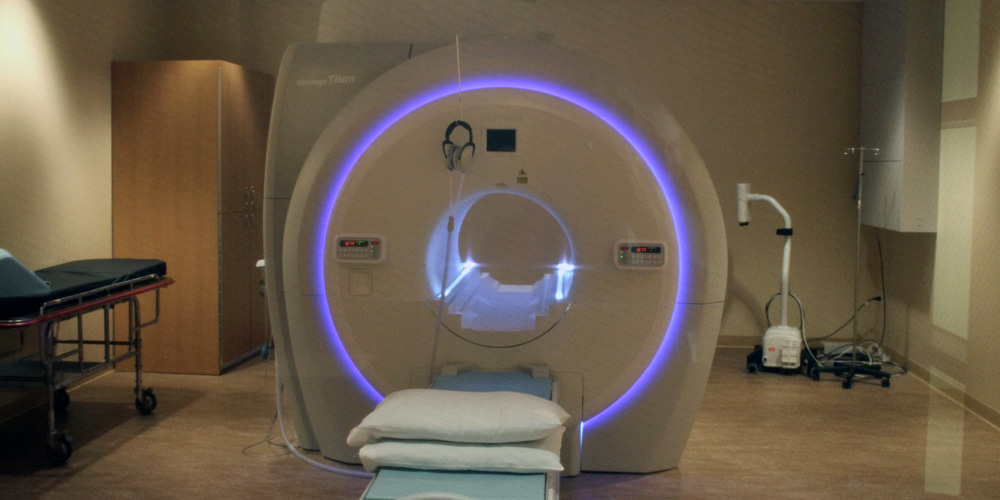General Radiography/Fluoroscopy
Radiography and fluoroscopy use radiation to produce digital imagery which is used to diagnose and treat injuries and disease.
- Digital radiography
- Barium studies
- Myelograms
- Arthrograms
Computerized Tomography (CT Scan)
A CT Scan is a noninvasive test that uses X-rays to create cross-sectional images of the body.
- Angiograms
- 3-D reconstructions
- General
Magnetic Resonance Imaging (MRI Scan)
[IMAGE: MRI from provided photography]
MRI is a noninvasive test that uses magnetic fields and radio waves to acquire images of the body. CRMC has an in-house Large Bore MRI with the largest scanner opening in our region. It is friendlier than the normal and open magnets for claustrophobic patients, and it can accommodate larger patients more comfortably. The MRI is equipped with a sound system to help patients relax. The patient can bring their favorite CD, iPod or MP3 player and/or choose their favorite genre from Pandora to listen to while being scanned.
- Head
- Extremities
- Angiograms
- Spine
Nuclear Medicine
[IMAGE: Nuclear Medicine from provided photography]
Nuclear medicine uses very small amounts of radioactive material to diagnose and sometimes treat disease.
- Heart studies
- Bone scans
- Gallbladder functions
- Thyroid exams
Positron Emission Topography (PET/CT Scan)
A PET scan is a non-invasive test that accurately images the cellular functions of the human body. A combination of CT and PET are used in detecting cancer.
Dual Energy X-Ray Absorptiometry (DEXA Scan)
A test to determine early stages of bone loss associated with osteoporosis, a disease in which bone density increases, making bones brittle and prone to fracture.
Digital Picture and Archiving Communication System (PACS)
Our medical imaging department uses a PACS system. This system automatically downloads a digital copy of a patient’s X-ray, MRI Scan, CT Scan and PET Scan. This enables any physician to retrieve any patient information without having to print a film. The PACS system breaks down the physical and time barriers associated with traditional film-based image retrieval, distribution and display. The physician also has the ability to burn CDs to take images to another facility, if need be.

